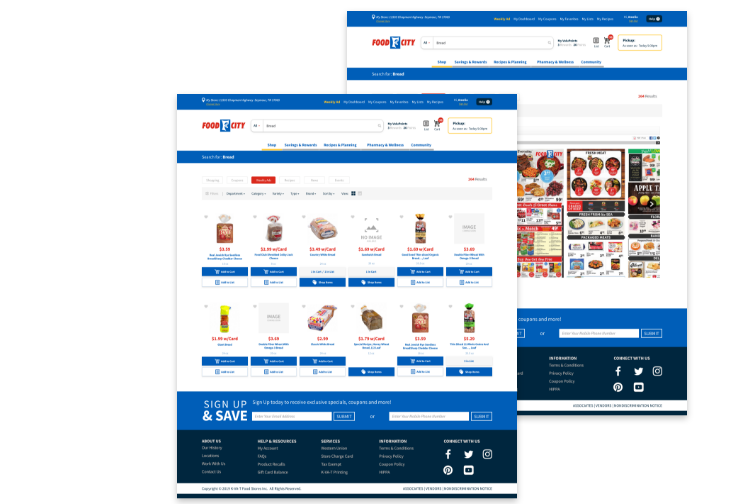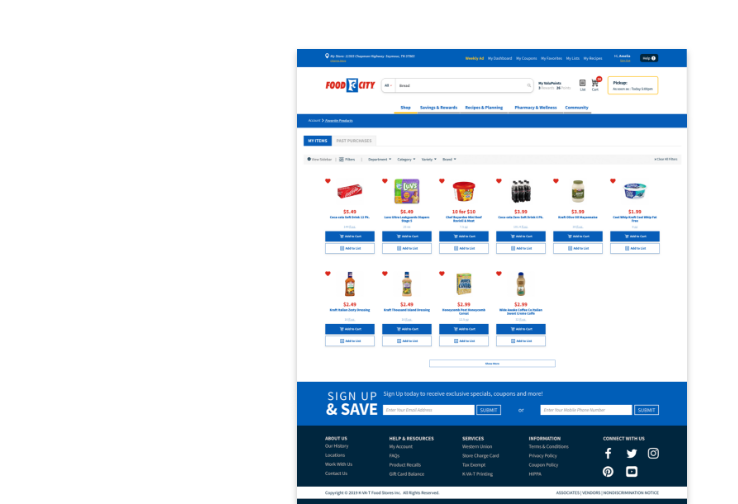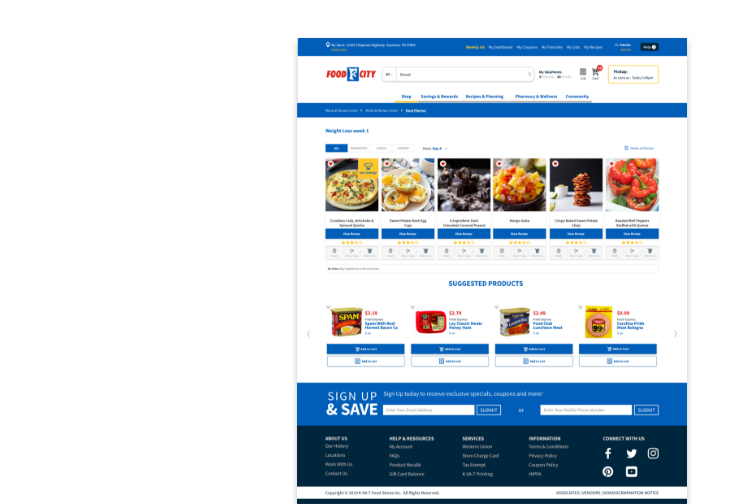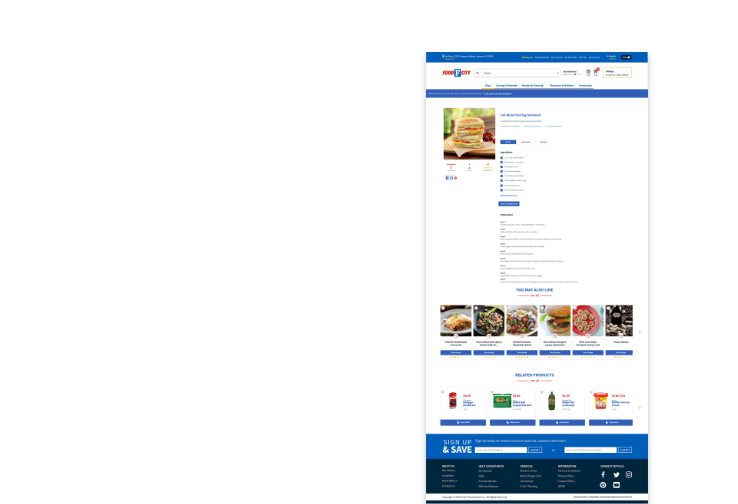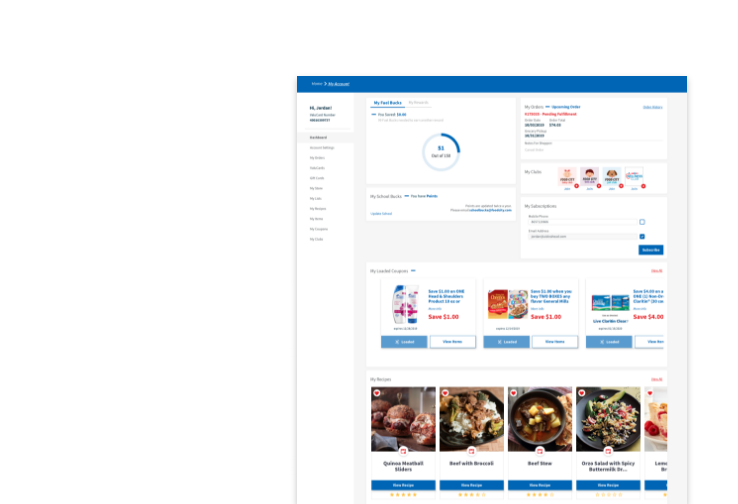
Wellness Club — Tips and Tricks for Salads
Abingdon, VA. -
Saturday, Jul 1, 2023.
Written by: Kirby Stanton, RDN, LDN
Go for Greens
Start with a generous serving of greens. Building the perfect base to provide folic acid, iron, fiber and many other micronutrients. Try spinach, kale, arugula, chard, collard greens, mustard greens, and other dark greens. For a bit more crunch opt for romaine or green lettuce. Go beyond a base of greens and try out green toppings like broccoli, green peppers, asparagus, and peas.
Fiber Filled Grains
Adding a serving of fiber rich whole grain makes a simple salad a well-balanced meal. This will boost fiber as well as nutrients— including B-vitamins, iron, and magnesium. Try topping with quinoa or wild rice. Opt for a grain-based salad instead of pasta salad—try cooked quinoa, brown rice, or even rolled oats.
Power Up with Protein
To balance out your salad bowl add the staying power of protein. Aim to add a serving of lean protein from seafood, poultry, lean beef, or pork. Can also opt for eggs, cheese, tofu, or tempeh. A portion of protein will pair well with a fiber rich salad bowl and ensure feeling satisfied.
Branch Out with Beans
Trying to find a quick protein alternative? Try beans, with a “meaty texture” they are versatile and convenient providing 5-7 g protein per serving. Beans are packed with iron, vitamin C, magnesium, and potassium – with minimal fat. You can add dried or roasted beans to get the same benefit with added crunch.
Toppings Without Tipping the Scale
Salads are a fantastic way to get versatile servings of vitamins and minerals, but it is important to stay in tune with toppings. Too many croutons, heavy handed with dressing, fried toppings, or smothered in cheese. This can mean outweighing the benefits of the nutrient rich dish. Do not be afraid to enjoy these items, aim to think of them as a garnish rather than a main part of the salad.
Fruit for Flavor
While salads typically conjure thoughts of vegetable filled bowls, fruit can add a pop of color and sweetness. A serving of fruit offers additional vitamins, minerals, and antioxidants with a bite of texture. You can use fresh, dried, canned, or frozen, trying options like pineapple, citrus fruit, pomegranate, grapes, pears, or apples.
Dress It Up
If you are a fan of creamy dressings look for options with less saturated fat. Try out creamy dressing with yogurt, avocado, hummus, or other nut purees as the base. A simple option is oil, vinegar, and dried herbs. Dressing with mono and poly unsaturated fats is better for heart health and can help absorption of fat-soluble vitamin from salad ingredients.
Go Nuts
Nuts and seeds pack a serious nutrition punch. Chalked full of mono and polyunsaturated fat – beneficial for heart health and provide texture and crunch. Look for nuts and seeds that are dry roasted with no or low sodium. Portion tip: aim to add 1-2 tablespoons on top of salad to provide the perfect portioned amount.

